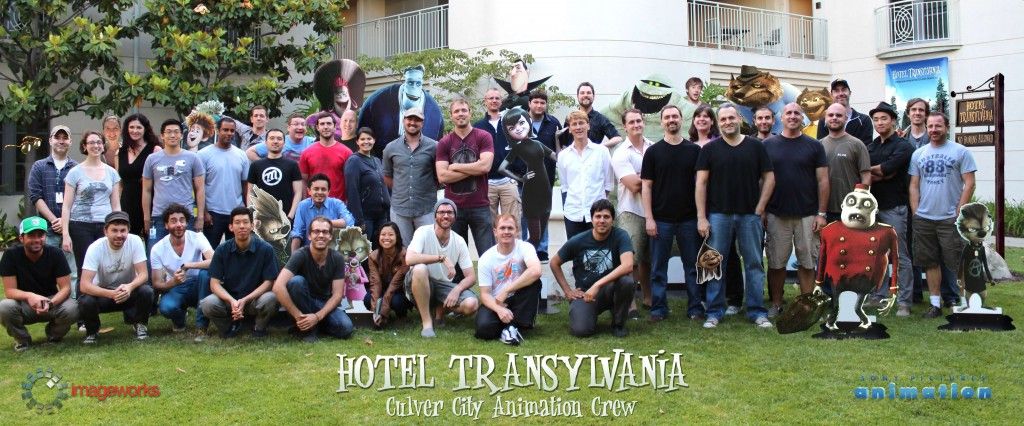... Ice Age 4 overtook its predecessor to rank as the biggest animated release of all time internationally. It remains on course to cross $700m thanks to a $7.8m number one debut in Italy on 906 screens that accounted for the lion’s share of the $8.7m weekend from 1,055 in four markets. Ice Age 4 now ranks as the eighth biggest international release in history. ...
Funny thing about the Ice Age franchise. When the first one was being done, Fox was trying to sell Blue Sky Studios. Rupert's minions had gotten burned with the output from their Phoenix studio, and they thought they were heading down the chute with their CGI picture about woolly mammoths.
But clips from that first feature received positive (rhapsodic?) reaction in Europe, and Fox decided to hang onto Blue Sky after all. Then Ice Age Uno made big bucks, and lo, the executives who earlier had cold feet about the project were fighting to take credit.
There is nothing at all new about that Hollywood story. It's been repeated many times over the decades with both live-action and animation. However, as regards feature-length cartoons, here's what is different:
In the '40s, in the 50s, in every decade to the 1990s, Disney made money from animated features and every other corporate entity fell on their faces when attempting to duplicate the Disney formula. The Fleischers made a profit with Gulliver's Travels, then the box office debacle Mr. Bug Goes to Town killed off their Miami studio. Thereafter, the number of competitors Walt Disney Productions Feature Animation had was zero.
Until the rise of Pixar, nobody but the Mouse was able to make long-form cartoons a profit center. (DreamWorks Animation's first release The Prince or Egypt eked out a $218.6 million worldwide gross. Not awful, but a long way from the box office of Aladdin and The Lion King.)
In the '90s, everybody but Disney flamed out with hand-drawn features. And ultimately, even Disney stopped making big money on them. Contrast that performance with what goes on now.
DreamWorks Animation has produced blockbuster CG animated features.
Blue Sky has produced hit CG features.
Illumination Entertainment, new to the club, has had hit CG features.
Walt Disney Animation Studios (aka Disney Feature Animation) has created hit CG features.
And now Sony Pictures Animation/Sony Pictures ImageWorks, after years of swings and misses, has at last hit a home run with Hotel Transylvania.
It seems almost anybody can jump into the animated feature genre (CG division) and come up with a money-maker. (The Weinstein brothers might be the exceptions here.) However, there seems to be certain rules. When producing an animated feature, you need to:
1) Have funny characters (animals are always good.)
2) Stay away from mo cap (although "the devil's rotoscope" is okay when mixed with live-action.)
3) Keep the plots simple and the personal stakes of the lead characters high.
4) Have a funny sidekick (maybe two.)
5) Avoid an overabundance of annoying songs.
6) Always build to a big climax, five minutes before end credits.
Three or more years ago, the media was warning that "there were too many animated features" and the glut of product would drive down profits, but that hasn't happened. We now have a record number of companies finding success in theatrical animation, and it points to only one onrushing reality.
There will be more, not less animated features as we march deeper into the 21st century.
Click here to read entire post








